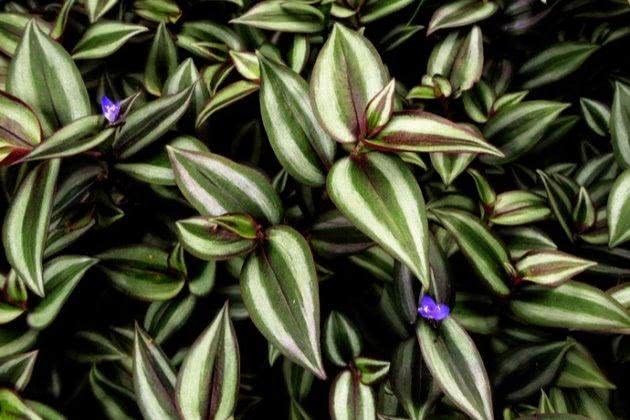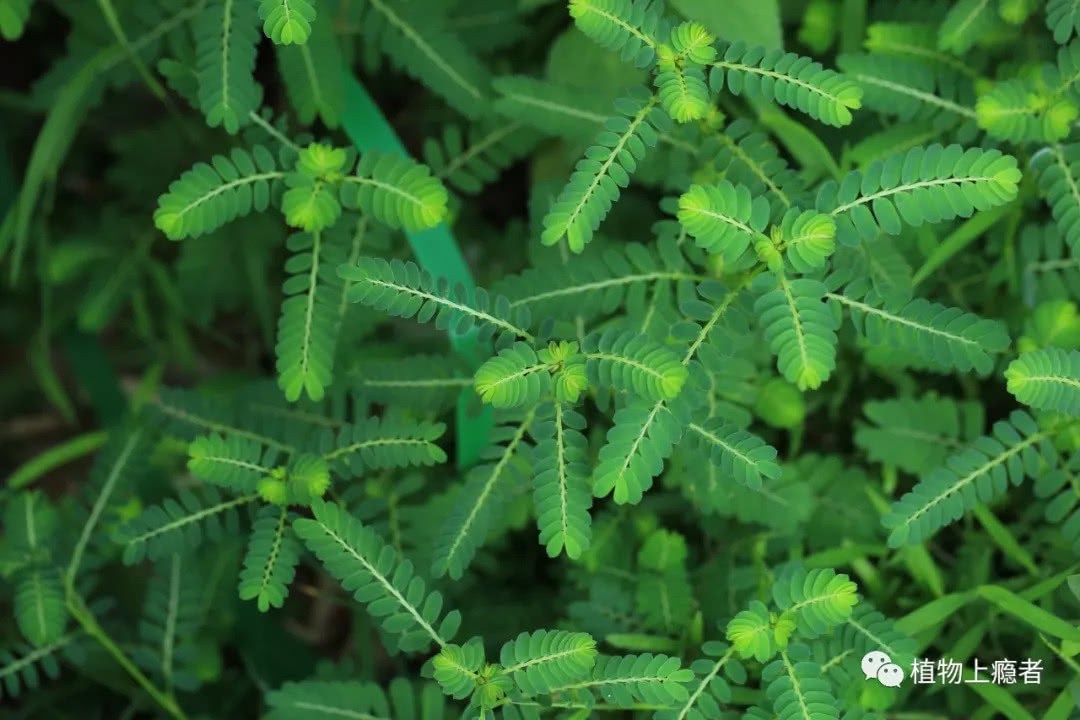The yew bonsai is green all the year round.

Taxus is a good potted green plant. Taxus culture can help people beautify the environment, decorate the home environment and purify the air. Therefore, we often raise it in brightly lit places or balconies at home, which can significantly improve the home environment.
If the yew culture wants to enter the house without exception, it is necessary to transplant potted plants, so there is a very obvious difference between the yew culture after transplanting and the yew planted on the ground. First of all, in terms of water demand, potted soil is easy to be short of water, while those planted on the ground rarely focus on this problem. Therefore, today, Hua'ergu will introduce to you the cultivation method of yew bonsai.
In the cultivation of bonsai yew, we need to consider the following issues, namely, water, soil, nutrients, light and temperature.
1. Moisture
Affected by the environmental factors of growth, the daily demand for water in the cultivation of yew bonsai is very obvious. once it is not watered for a long time, it will lead to drought and lack of water, resulting in dry leaves and other problems. this problem is especially obvious in summer. On the contrary, because we use flowerpots to cultivate yew, when the yew is unable to remove excess water, it will cause stagnant water and black rot, which shows that watering is very important for bonsai culture.
So how should we water the yew? Taxus culture and watering skills we follow the principle of dry and wet should be the most appropriate, each watering needs to be slowly irrigated, wait until there is water from the bottom of the basin can be stopped, so as not to cause excessive watering problems. If the water permeability of our flowerpot becomes worse, then we have to change the pot or add some stones to the bottom of the pot to enhance the drainage performance of the basin soil and prevent stagnant water.
2. Soil
The potted soil will become impoverished with the growth of our plants and the increase of watering times, so we need to change the pot or part of the soil regularly for the yew bonsai, so as to provide a sustainable source of nutrients for the growth of the yew. In addition, it is recommended that we use garden soil, rotten leaf soil and other excellent fertility soil, while some red soil, loess, relatively easy to consolidate soil is not suitable for yew culture.
3. Nutrients
Nutrients are very important for the growth of plants. When changing the soil, we can add some bone powder, sun-dried animal droppings, etc., which can loosen the soil and maintain fertility. For daily maintenance, we can use some compound fertilizer, potassium dihydrogen phosphate, phosphorus and potassium fertilizer, etc., or we can use self-made fully mature fertilizer liquid. Fertilization we need to follow the principle of frequent application of thin fertilizer, one use of fertilizer should not be excessive, a small number of ways can avoid excessive fertilizer and meet the growth of plants.
4. Lighting
It is best to cultivate yew bonsai in places where there is sufficient scattered light without causing direct light, and it is most suitable for yew to grow in a semi-shady environment. If the strong light direct light will cause yew leaves dry and other problems, on the contrary, if the breeding place is too dark, it will also lead to poor growth or poor growth of the yew.
5. Temperature
Taxus does not require high temperature, as long as the high temperature does not exceed 38 ℃ for a long time, there will not be some growth problems. It needs to be emphasized here that whether it is spring, summer, autumn and winter, our bonsai yew is not suitable for a long time in the air-conditioned room environment, especially in the place where the air outlet blows to each other, which is easy to cause yew growth problems.
These are the cultivation methods of yew bonsai introduced to you by Huaye Valley and some problems that need to be paid attention to. If you also like to cultivate yew, then pay attention to Huayu, let's exchange the latest flower cultivation skills every day!
- Prev

Is hanging bamboo plum poisonous? Can I put the hanging bamboo plum in the bedroom?
Hanging bamboo plum is a kind of plant which is very suitable to use hanging basin to culture in the air and watch the hanging vine. Hanging bamboo plum has striped leaves, can show purple, yellow, green, etc., is a common green plant has its own characteristics.
- Next

This little pee liar. Who told me to love you?
Phyllanthus urinaria Phyllanthus annual herbs of the genus Phyllanthus of the family Phyllanthus this morning were preparing for typesetting when the article suddenly disappeared, probably deleted by mistake. Tried two data recovery software but couldn't find it.
Related
- Wuhan Hospital Iron Tree Blooming Result Was Instantly Frightened by the Gardener Master
- Which variety of camellia is the most fragrant and best? Which one do you like best?
- What is the small blue coat, the breeding methods and matters needing attention of the succulent plant
- Dormancy time and maintenance management of succulent plants during dormancy
- Minas succulent how to raise, Minas succulent plant pictures
- What are the varieties of winter succulent plants
- How to raise succulent plants in twelve rolls? let's take a look at some experience of breeding twelve rolls.
- Attention should be paid to water control for succulent plants during dormant period (winter and summer)
- Watering experience of twelve rolls of succulent plants
- Techniques for fertilizing succulent plants. An article will let you know how to fertilize succulent plants.

